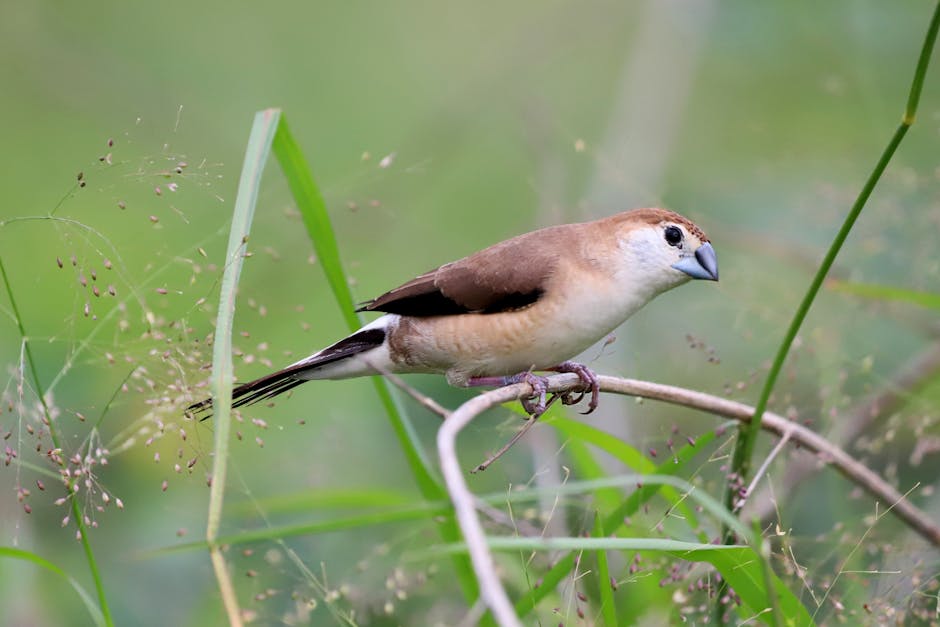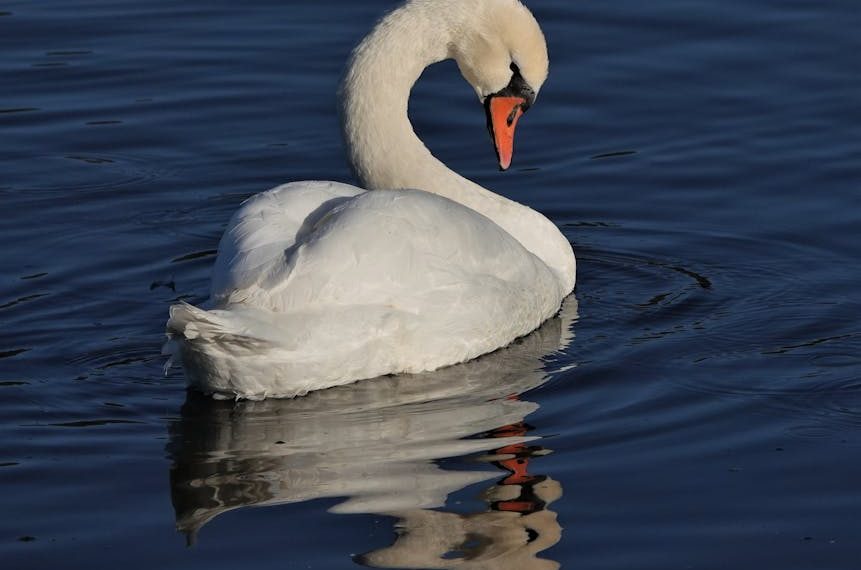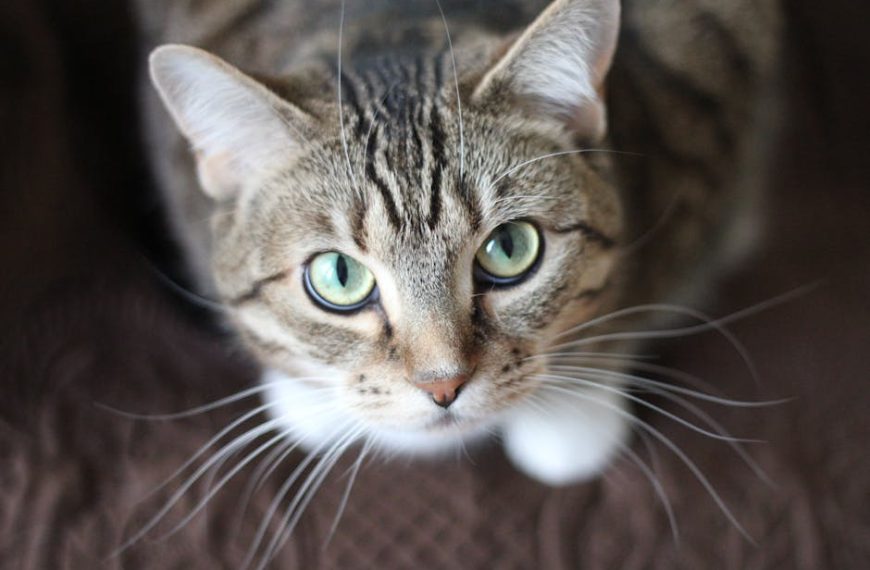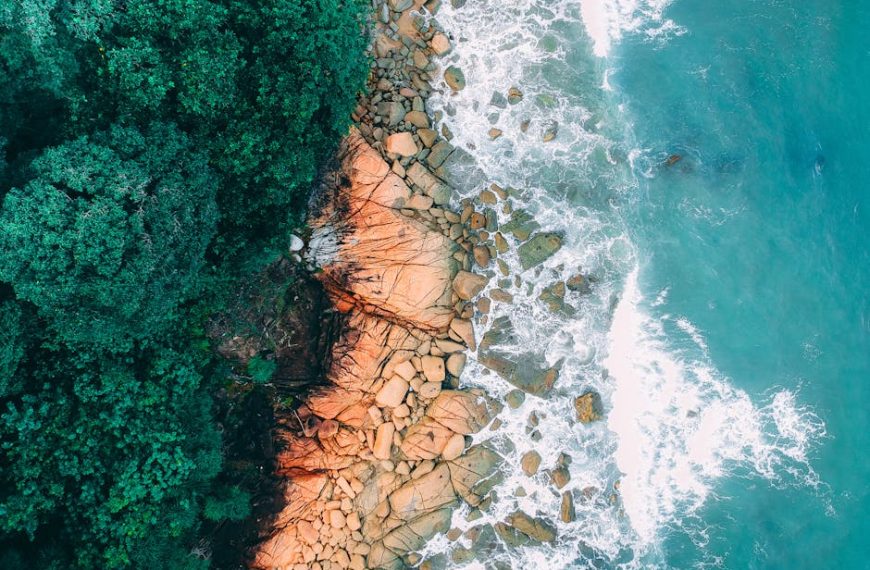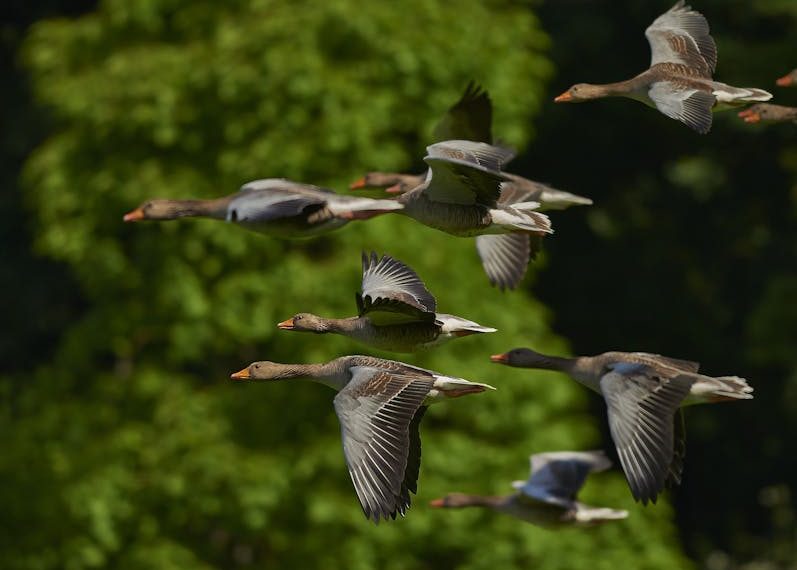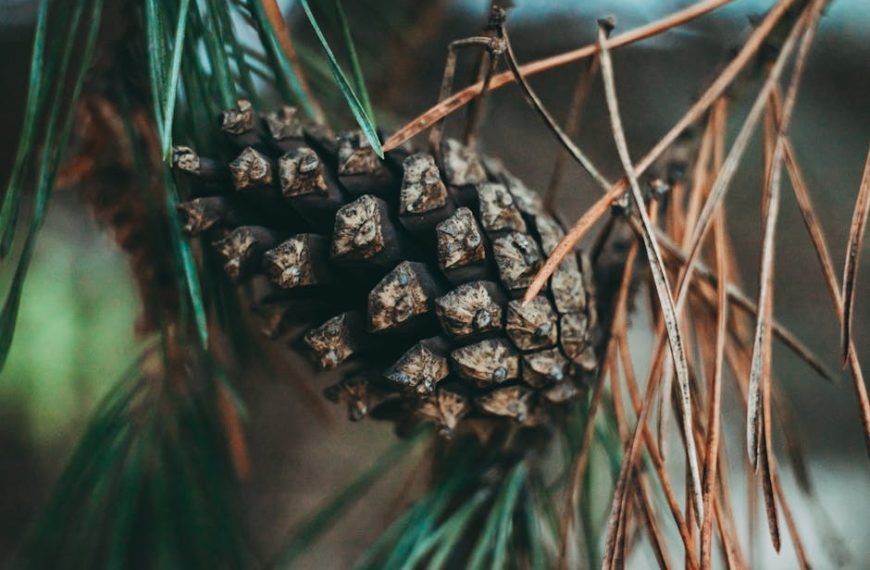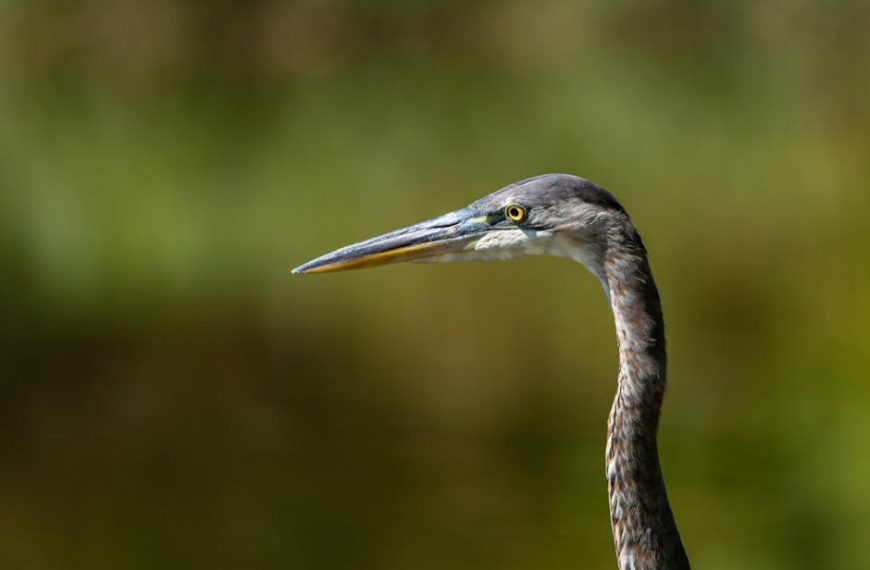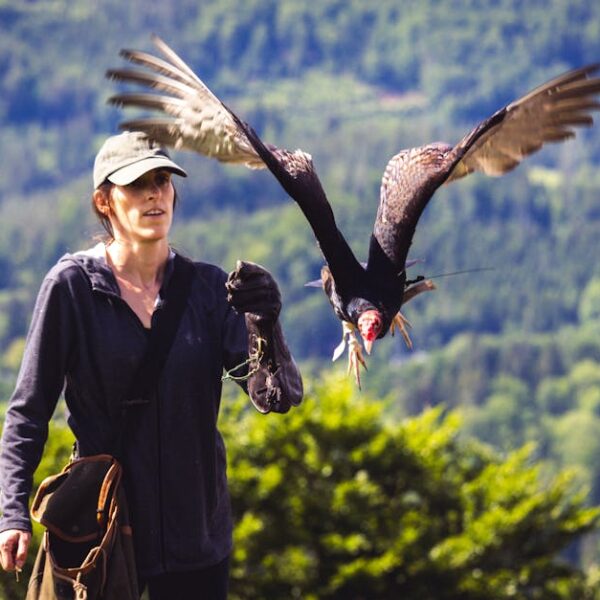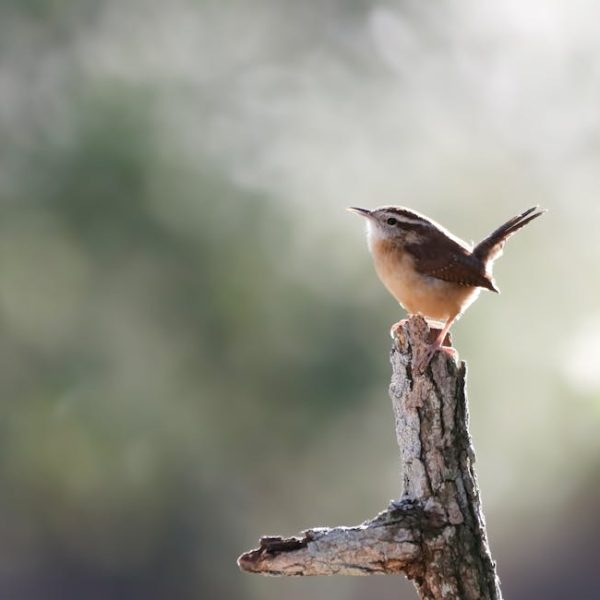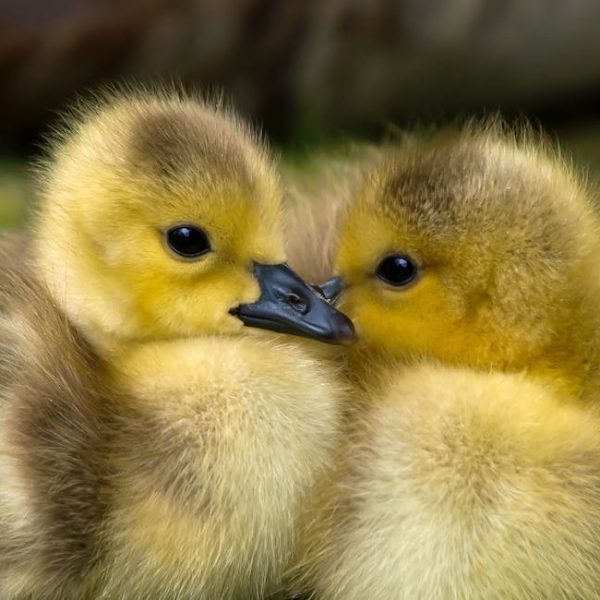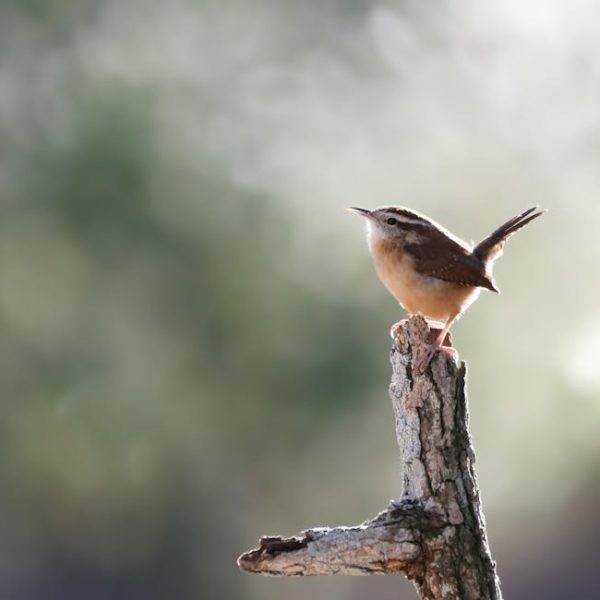The allure of a freshly sown lawn is a magnet for birds. It’s like an open buffet, full of delicious, nutritious seeds laid out for the taking. But understandably, this is a headache for homeowners who aspire for a beautiful and uniform carpet of green grass. The damage does not just stop at patches of unequally grown patches of grass but goes further. Birds digging up for seeds can lead to soil erosion and an overall destabilization of your lawn ecosystem.
Understanding the Problem: Birds Eating Grass Seeds
Birds play a crucial part in our ecological system with vital roles like helping in pollination, insect control, and seed spread. However, if your plan includes planting new grass seeds, their penchant for these little nuggets can become a problem. Certain species of birds, including sparrows, blackbirds, and starlings, are notorious for their love of grass seeds and can swiftly decimate a freshly planted lawn.
To prevent this, it’s essential to know the enemy. Birds are attracted to grass seed not only because it’s an easy food source but because different species prefer different types of seeds. By identifying the types of birds frequenting your property and learning about their preferential seed type, you can tailor your preventative measures more effectively.
Pro tip: Regularly monitor your lawn for telltale signs of bird activity such as peck holes or more substantial damage to the lawn.
Use of Bird Nettings or Seed Covers
One of the most effective ways to keep birds from your freshly sown grass seeds is using bird nettings or seed covers. These act as physical barriers, preventing birds from getting to the seeds while still allowing sunlight, water, and air to reach them. Bird nettings, in varying mesh sizes, can deter different bird species depending on their size.
Types of Bird Netting:
- Sturdy, reusable plastic or nylon netting
- Biodegradable netting which disintegrate over time
- Floating netting more suitable for covering seed beds
On the other hand, seed covers, such as straw mulch, provide dual purpose – acting as an effective bird deterrent while helping to retain soil moisture essential for successful germination.
Netting and covers should be installed immediately after sowing seeds and removed carefully once the grass has grown long enough to be mowed.
Tip: Ensure the netting or cover is securely anchored to prevent birds from sneakily accessing the seeds from below.
Spraying a Seed Coating Solution
Beyond physical barriers, there’s a chemical solution – seed coating solutions. By spraying these directly onto seeds before sowing, it makes the seeds taste unpleasant to the birds without causing any harm. These deterrents are natural and non-toxic, such as ‘Methyl Anthranilate’, a grape extract that birds find distasteful.
However, it’s crucial to apply the coating according to the product instructions to ensure that it’s effective and doesn’t inhibit the germination process.
Tip: Reapply the solution after heavy rain as it can wash away the deterrent.
Using Visible and Audible Deterrents
Visual and audible deterrents are simple but effective ways to keep birds away. Visibly, we’re talking about good old scarecrows, reflective tapes, spinners, and holographic bird scare tape. These items can create an uncomfortable environment for birds and discourage them from visiting your lawn.
Audible deterrents offer an alternative or additional option. Devices like ultrasonic bird repellents emit high-frequency sound waves that birds can’t tolerate. Bird distress call devices that mimic the sound of a bird in danger can also persuade birds to stay away. Having a dog in the yard can also serve as a convincing avian deterrent.
Deterrent Checklist:
- Scarecrows or realistic owl statues
- Reflective tapes or spinners
- Ultrasonic bird repellent devices
- Bird distress call devices
Introducing Natural Predators
An eco-friendly approach to controlling the bird population on your lawn is to invite their natural predators. In a balanced ecosystem, predators play an essential role in keeping various populations in check, birds included. Hawks, owls, and even cats and foxes can help control the bird population.
Building an owl house or bird of prey perch can attract these predators. Remember, the predator must feel comfortable for it to stay. But caution is necessary too. Encourage predators that won’t cause trouble for you or your smaller pets.
Tip: Installing an outdoor webcam might be a good idea to monitor predators activities and ensure they are not causing additional problems.
At the end of the day, maintaining a good balance in your ecosystem and implementing preventative measures effectively, you can ensure a lush, green lawn that’s both pleasant for you and respectful of nature. Check regularly for signs of activity, choose appropriately from the array of preventative options, apply them carefully, and your grass seeds should be safe from feathered thieves. Happy lawn gardening!
Key Takeaway:
- Birds are attracted to grass seeds due to their nutritional value which often results to lawn damage.
- Different species of birds prefer different types of seeds, hence identification of bird species can help in preventing this problem.
- Physical barriers such as bird nettings or seed covers are effective at preventing birds from picking up the seeds.
- Seed coating solutions, which make the seeds less appealing to birds, can be a helpful deterrent.
- The use of visible and audible deterrents like scarecrows, reflective tapes, and ultrasonic bird repellents can be effective.
- Encouraging natural predators such as hawks and owls can keep bird population in check.
Remember, prevention is the key. Having a green, bird-free lawn requires a bit of patience, some understanding of bird behavior and preferences, and a range of preventative measures. With careful planning and regular lawn monitoring, you can protect your grass seeds and enjoy a beautiful thriving lawn.
FAQs
Q: How can I identify the types of birds that are eating my grass seeds?
A: Observe the type of damage to your lawn and the preference of seeds. You can also consult local birdwatching groups or use bird identification apps to figure out the species visiting your lawn.
Q: Is the seed coating solution harmful to birds?
A: No, most commercial seed coating solutions are made from natural substances that only deter birds due to their unpleasant taste, but they don’t harm the birds.
Q: Can audible deterrents also affect other pets at home?
A: Some audible deterrents may disturb other pets as they emit high-frequency sounds. It is advisable to check the product specifications before buying and use only those suitable for your household.
Q: How do we encourage natural predators and what should we be aware of?
A: Building an owl house or bird of prey perch can attract these predators. However, ensure the predators you’re attracting in your lawn doesn’t become a threat to your smaller pets.
Q: Does netting or seed cover inhibit grass growth?
A: No, most nettings and seed covers are designed to allow sunlight, water, and air to reach the seeds, facilitating their growth.
Explore more informative posts on our website and don’t hesitate to share this article with others who might find it helpful!
